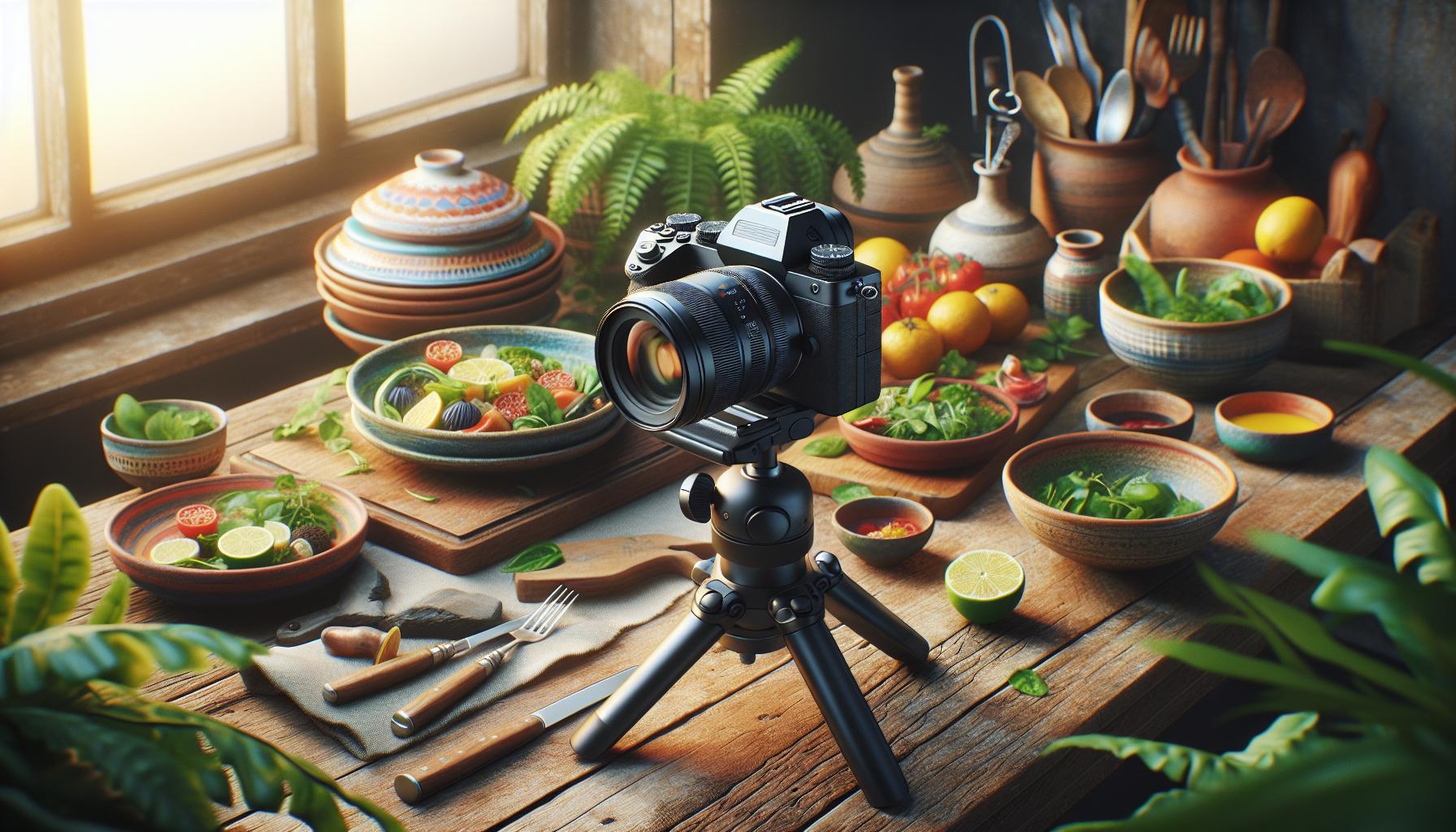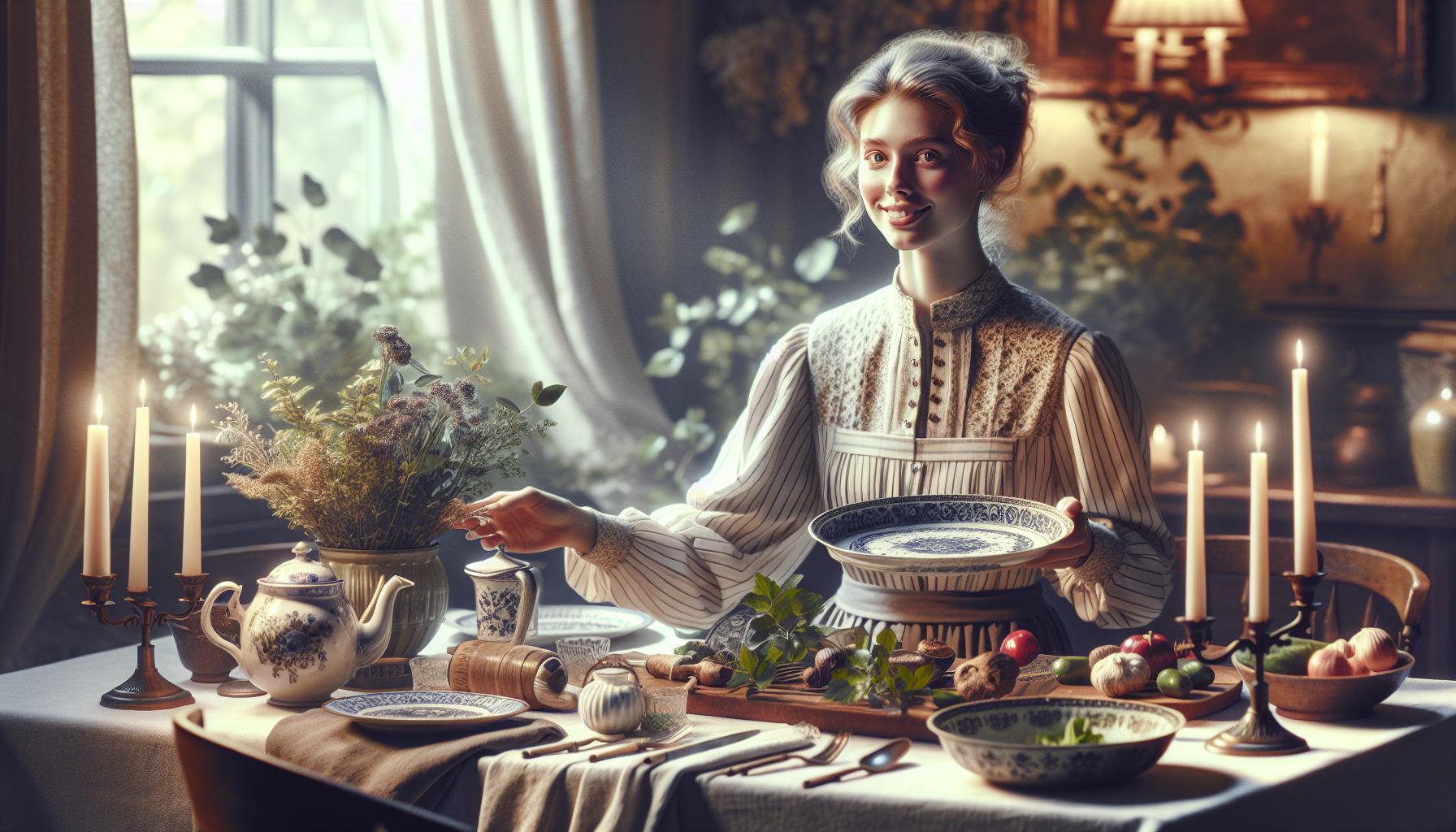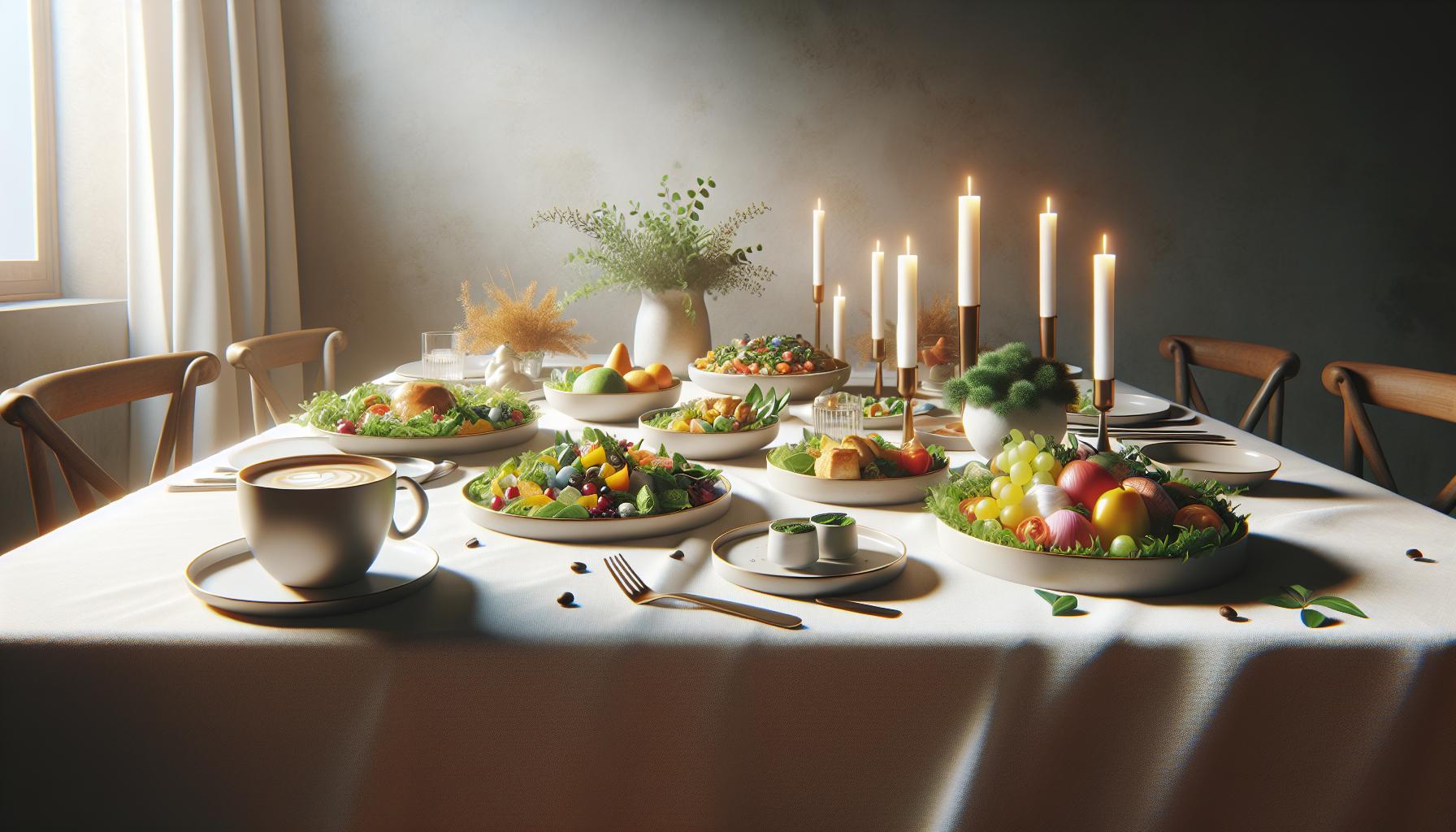Food photography has evolved from simple product shots to an art form that tells delicious stories. In today’s Instagram-driven world lifestyle food photography captures more than just meals – it showcases the entire dining experience through carefully crafted scenes and authentic moments.
From steaming cups of artisanal coffee next to a worn leather journal to perfectly imperfect tablescapes filled with fresh ingredients this style transforms ordinary food shots into visual narratives that make viewers hungry for more. Professional photographers and social media enthusiasts alike have embraced this trend creating images that feel both aspirational and attainable. It’s not just about the food anymore – it’s about creating a mood setting the scene and inviting viewers to imagine themselves in that picture-perfect moment.
Lifestyle Food Photography
Lifestyle food photography captures authentic moments centered around food, showcasing real-life dining experiences in natural settings. It emphasizes storytelling through composition, lighting, and context.
Creating Natural and Authentic Food Moments
Lifestyle food photographers compose scenes that reflect genuine dining experiences. Props like linen napkins, wooden serving boards or scattered ingredients create depth and context. Natural light plays a crucial role, often streaming through windows to cast soft shadows across carefully arranged tablescapes. Photographers integrate human elements such as hands reaching for food, partially eaten dishes or casual place settings to convey authenticity. The styling remains deliberately imperfect with crumbs, drips or steam adding realism to the composition.
The Difference Between Commercial and Lifestyle Food Photos
Commercial food photography prioritizes product perfection through controlled studio conditions. Professional lighting equipment, food stylists and precise arrangements showcase idealized versions of menu items or packaged goods. Lifestyle photography embraces natural environments, available light and candid moments. Restaurant interiors, home kitchens or outdoor settings provide authentic backdrops. Commercial shots feature pristine plating while lifestyle images incorporate movement, interaction and lived-in details. The staging varies significantly – commercial photos isolate products while lifestyle shots tell complete stories through environmental context, props and people.
Essential Equipment for Lifestyle Food Photography

Creating captivating lifestyle food photography requires specific equipment to capture authentic moments and rich details. The right tools enhance image quality and storytelling capabilities while maintaining a natural aesthetic.
Camera and Lens Recommendations
A full-frame mirrorless camera produces superior image quality for lifestyle food photography. The Sony A7 III or Canon EOS R6 deliver exceptional low-light performance ideal for natural indoor settings. Prime lenses like the 50mm f/1.8 excel at creating beautiful background blur while maintaining sharp focus on food subjects. A macro lens (90mm-105mm) captures intricate food textures textures at close range. Additional beneficial features include:
- Tiltable LCD screens for overhead shots
- In-body image stabilization for handheld shooting
- High dynamic range to capture both highlights and shadows
- Fast autofocus systems for spontaneous moments
Lighting and Props
Natural window light creates soft illumination perfect for lifestyle food scenes. A 5-in-1 reflector bounces light to fill shadows while maintaining authenticity. Essential props include:
- Textured surfaces: Marble slabs linen tablecloths weathered wood
- Tableware: Ceramic plates vintage cutlery handmade bowls
- Fabric elements: Tea towels napkins runners
- Natural ingredients: Fresh herbs citrus slices raw ingredients
- Lifestyle elements: Coffee cups newspapers cooking tools
Diffusion screens soften harsh sunlight when shooting near windows. LED panels with adjustable color temperature provide supplemental lighting during darker hours while maintaining a natural appearance.
Styling Tips for Natural-Looking Food Scenes

Creating authentic food scenes requires attention to detail in composition styling elements. Natural-looking food photography captures genuine moments that tell compelling stories through thoughtful arrangement.
Creating an Inviting Table Setting
Strategic placement of tableware creates depth in lifestyle food photography compositions. A mix of vintage plates paired with modern serving pieces adds visual interest through contrasting textures. Layering linens like runners napkins tablecloths introduces softness while providing subtle color variations. Natural materials such as wooden boards ceramic dishes stone platters enhance authenticity. Positioning utensils cups glasses slightly askew suggests an active dining scene. Fresh herbs scattered ingredients spilled crumbs create lived-in details that make scenes feel genuine rather than staged.
Adding Human Elements and Movement
Human elements transform static food scenes into dynamic storytelling moments. Hands reaching for food steam rising from hot dishes liquid being poured capture natural action. Including partial body shots like someone seated at the table brings life to compositions. Motion blur from stirring cutting serving adds energy to otherwise still images. Environmental elements like window light casting shadows pets in the background create authentic home settings. Props that suggest human presence such as opened cookbooks partially consumed dishes phones tablets integrate modern dining reality into scenes.
Composition Techniques That Tell a Story

Composition elevates lifestyle food photography from basic documentation to visual storytelling. Strategic placement of elements draws viewers into the scene while creating emotional connections through thoughtful arrangements.
Using Negative Space Effectively
Negative space creates visual breathing room in lifestyle food photography compositions. Empty areas around the main subject direct attention to key elements while preventing cluttered frames. Strategic placement of dishes against plain backgrounds, like white tablecloths or marble countertops, establishes clear focal points. A coffee cup positioned off-center with surrounding empty space conveys minimalist elegance. Incorporating asymmetrical arrangements with intentional gaps between elements adds dynamic tension to images. Negative space also provides room for text overlay when images are used in publications or social media.
Capturing the Right Angles
Camera angles drastically impact the storytelling power of food photography compositions. Overhead (90-degree) shots showcase intricate plating patterns table settings. Three-quarter views (45-degrees) reveal food textures depth while maintaining context. Eye-level angles create intimate perspectives that mirror the diner’s viewpoint. Straight-on shots work effectively for layered dishes like sandwiches burgers. Low angles with shallow depth of field emphasize specific ingredients while blurring backgrounds. Varying angles throughout a shoot produces diverse perspectives that maintain viewer interest across multiple images.
Post-Processing for a Lifestyle Look
Post-processing transforms lifestyle food photography by enhancing natural elements while maintaining authenticity. The editing process focuses on subtle adjustments that preserve the genuine feel of the captured moments.
Color Grading for Natural Results
Color grading in lifestyle food photography emphasizes true-to-life tones that reflect natural lighting conditions. Adobe Lightroom presents 3 essential color adjustments: temperature shifts between 5500K-6500K for neutral whites, tint corrections within +/-10 points for skin tones, and vibrance increases of 10-15 points to enhance food colors. Selective color editing targets specific food elements – greens become more appetizing with +5 saturation in vegetables, while warm tones in baked goods pop with +10 luminance. The HSL panel enables precise adjustments to 8 color channels, allowing photographers to maintain natural shadows while boosting highlights in specific areas.
Adding Mood Through Editing
Editing techniques create distinct moods in lifestyle food photography through targeted adjustments. The split-toning feature adds warmth to highlights (+15 orange) and coolness to shadows (+10 blue) for dimensional depth. Photographers apply radial filters with -0.5 exposure to frame edges, drawing attention to central food elements. Clarity settings between +15 to +25 enhance texture details in bread crusts, fresh herbs and textiles. Grain settings of 15-20 add subtle film-like qualities that soften digital perfection. These techniques combine to produce images with emotional resonance while maintaining photographic authenticity.
Resonates With Viewers And Tells Authentic Stories
Lifestyle food photography has revolutionized how we capture and share culinary experiences. By blending technical expertise with artistic storytelling photographers create images that transport viewers into intimate dining moments. The combination of thoughtful composition proper lighting and authentic styling transforms simple food shots into compelling visual narratives.
Today’s successful lifestyle food photographers understand that it’s not just about showcasing a perfectly plated dish – it’s about capturing the complete story of food and its role in our daily lives. With the right equipment styling techniques and post-processing skills anyone can create engaging food photography that resonates with viewers and tells authentic stories.

